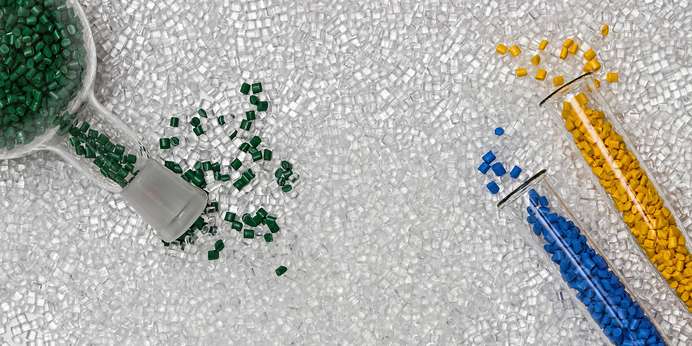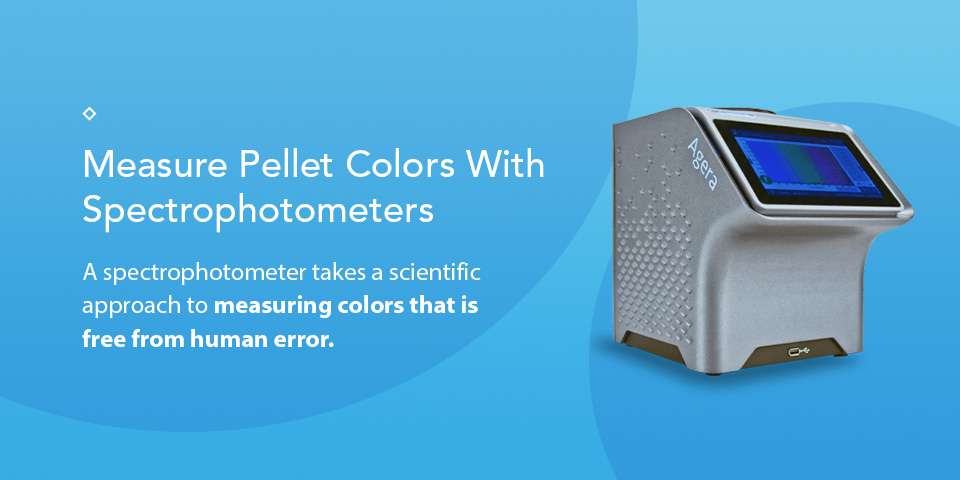
Measuring the color of opaque and transparent pellets is essential for ensuring consistency across production. This is especially true for plastic pellets, which are often produced in large manufacturing lines where checking each individual product can be challenging. To ensure the desired color and appearance are achieved with every batch, it's important to consider these best practices:
Evaluate the Importance of Plastic Pellet Colors
Plastic pellets are primarily used as a raw material in the creation of nearly every plastic product. As the building blocks of plastic products, pellets must maintain a specific color to align with the desired color of the final product. While the color of the pellets does not directly impact the final product's color, it is still vital for quality control.
In the plastic industry, color is essential for determining quality. Measuring the color of opaque and transparent pellets is crucial for delivering a final product with the same reliable appearance that appeals to the customer.
Consider Industry Standards for Pellet Colors
The ASTM has developed a testing standard for determining the color of pellets. Pellets are tested for their degree of yellowness or how the yellowness changes under daylight on transparent or opaque plastics. However, the yellowness attribute has to be considered with other tristimulus values from a spectrophotometer or colorimeter to quantify the color precisely.


